Lauren S. sent in this ad for a used car dealership that ran in the London Free Press, a free newspaper in London, Ontario. The ad compares used cars to sexually experienced women with the lines, “You know you’re not the first. But do you really care?”:
 As Lauren points out, it’s blatant objectification of women, but “in addition to objectifying women to sell vehicles, this campaign suggests that a woman’s sexual past is equivalent to depreciation.”
As Lauren points out, it’s blatant objectification of women, but “in addition to objectifying women to sell vehicles, this campaign suggests that a woman’s sexual past is equivalent to depreciation.”
I suppose someone could argue that the message that you shouldn’t “care” whether your women/cars are “used” rejects the sexual double standard, but the objectification and the implication that non-virgin women are “used” undermine any apparent rejection of that double standard.
It’s not the first time we’ve seen this type of ad for used cars; we previously posted a BMW ad, but in that case, I suspect (though we’ve never been able to confirm) that it might have been a spec ad made by an ad agency but never actually used by BMW. In this case, Lauren actually saw it in print.
UPDATE 1: Well, I must give Dale Wurfel some credit. He is apparently an equal-opportunity objectifier. He ran a second ad that uses a man instead of a woman:
 Via Wheels.
Via Wheels.
Of course, equal objectification doesn’t necessarily have equal effects. We live in a world with a sexual double standard. Calling a woman “used” resonates culturally in a way that it simply doesn’t for men, because we don’t punish men for sexual experience in the same way.
UPDATE 2: Lauren let us know that the car dealership issued an apology:
UPDATE: Comments closed.


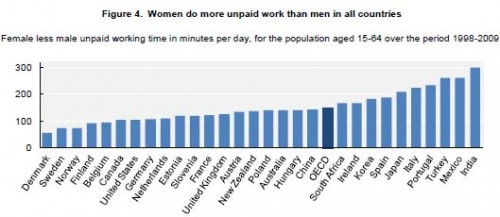
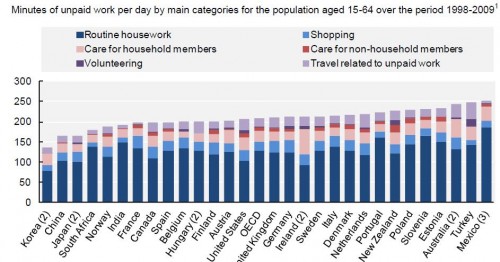
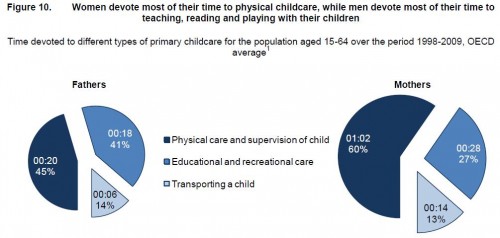








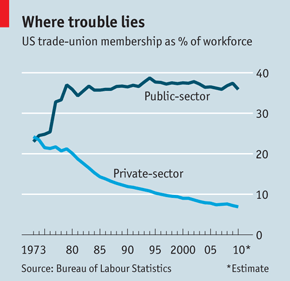
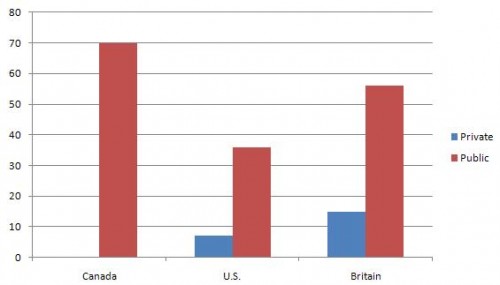

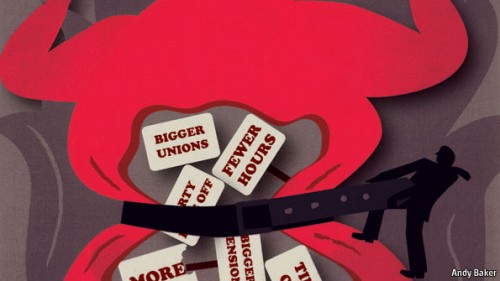

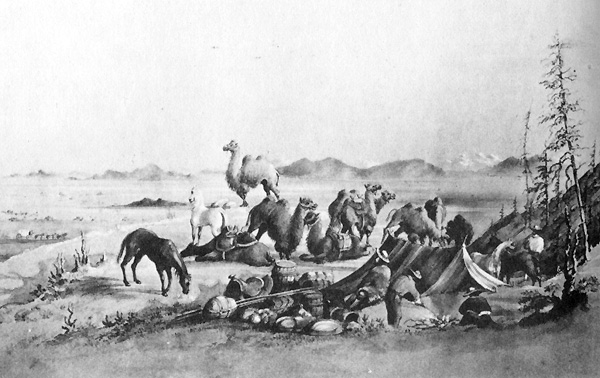






 It also fails to be true, as many anti-immigration people claim, that the U.S. accepts a uniquely large number of immigrants who need help once they arrive:
It also fails to be true, as many anti-immigration people claim, that the U.S. accepts a uniquely large number of immigrants who need help once they arrive: